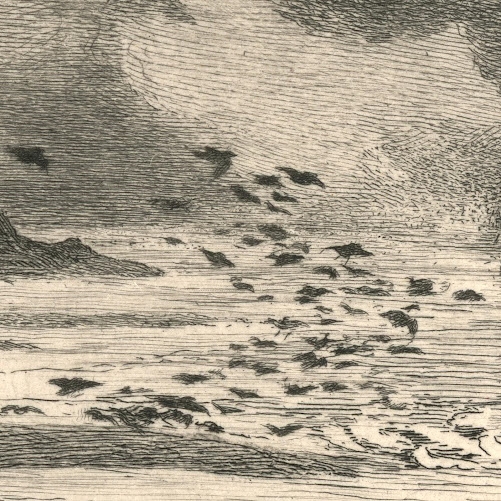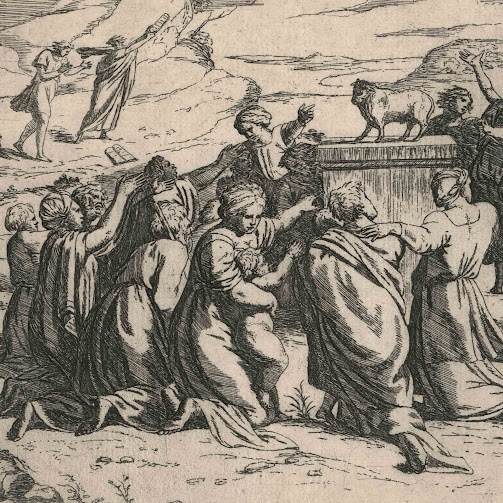John
Laporte (1761–1839)
“A
View near Uxbridge”,
1801/2,
a soft-ground etching after a drawing by Thomas Gainsborough (1727–1788),
published in London in 1802 by John Peter Thompson (aka Darling &
Thompson) (c.1792–1813), possibly from Laporte's series of progressive lessons
in landscape, “from nature, in imitation of pencil, from the original drawings”
(see the documentation about Laporte’s published prints provided by Ken Spelman’s
Books, “The Drawing Project”: https://www.kenspelman.com/ARTBIB/ARTBIB%20L.pdf).
Soft-ground
etching on fine wove paper, backed with a support sheet.
Size:
(sheet) 25.4 x 33.5 cm; (plate) 19.6 x 27 cm; (image borderline) 15.5 x 24.2
cm.
Lettered
in plate below the image borderline: (left) “J. Laporte del & Sculp.”;
(centre) “A View near Uxbridge./ London Published April 13,1802, by John P.
Thompson Gt.Newport Street, and No.51, Dean Street, Soho.”
Condition:
a strong and well-printed (near faultless) impression with reasonably wide
margins (as published?). The sheet is in an excellent condition with no tears,
holes, folds, abrasions or significant stains and is laid onto a support of
archival (millennium quality) washi paper providing support and large margins.
I am selling this light-filled portrayal of what must have been an open rural area, when this print was made, on the outskirts of London, for AU$196 (currently US$128.78/EUR119.07/GBP101.50 at the time of posting this print) including postage and handling to anywhere in the world, but not (of course) any import duties/taxes imposed by some countries.
If
you are interested in purchasing this remarkable pre-Impressionistic portrayal
of a spreading tree, purportedly after a drawing by one of the greatest of
British Landscape artists, Gainsborough, please contact me
(oz_jim@printsandprinciples.com) and I will send you a PayPal invoice to make
the payment easy.

















































